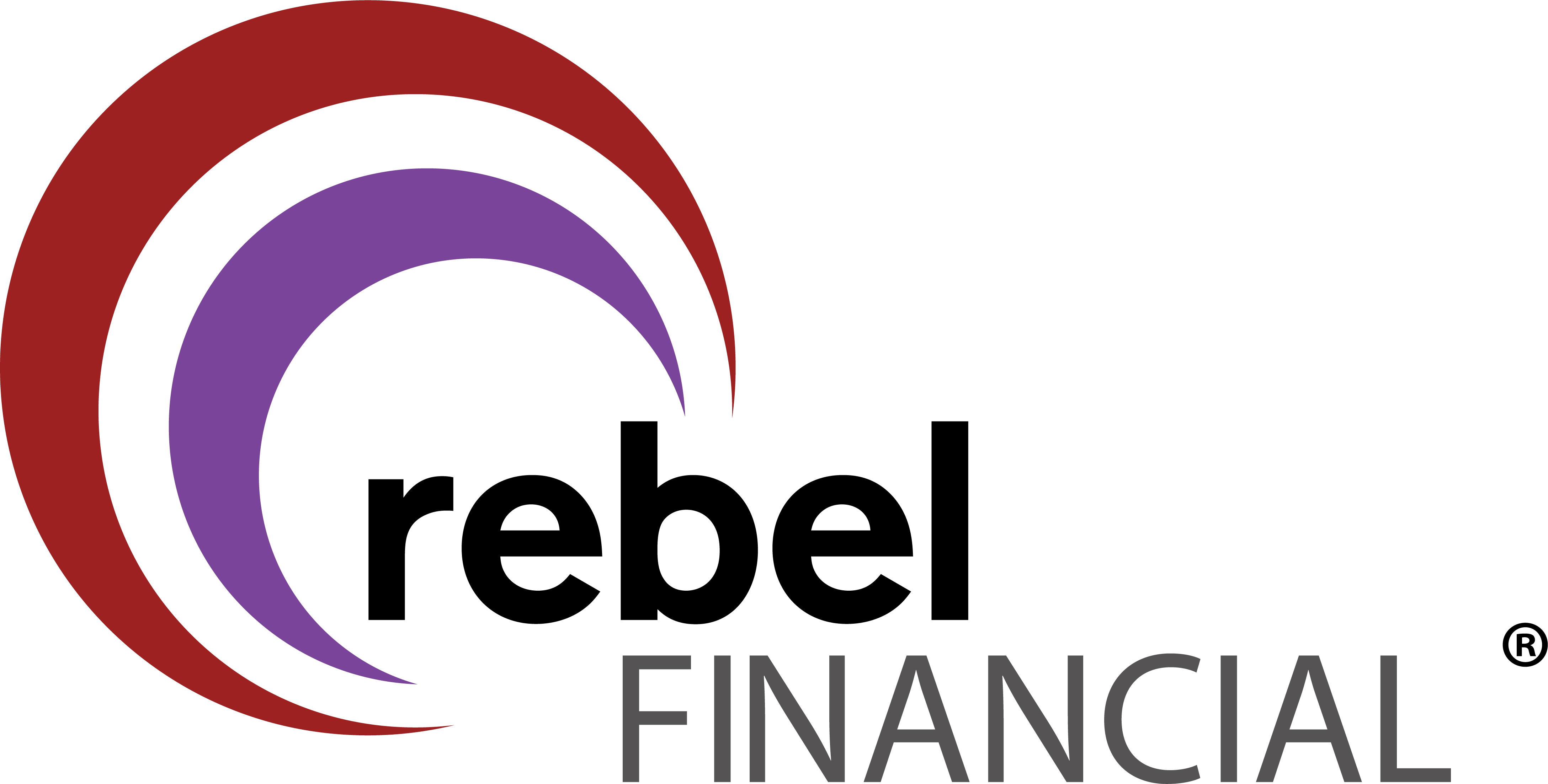rebel Financial is a registered investment adviser and the opinions expressed by Wealth Mode Financial Planning and Student Loan Coach, LLC in this article are their own and do not reflect the opinions of rebel Financial. All statements and opinions expressed are based upon information considered reliable although it should not be relied upon as such. Any statements or opinions are subject to change without notice.
Information presented is for educational purposes only and does not intend to make an offer or solicitation for the sale or purchase of any specific securities, investments, or investment strategies. Investments involve risk and unless otherwise stated, are not guaranteed.
Information expressed does not take into account your specific situation or objectives, and is not intended as recommendations appropriate for any individual. Readers are encouraged to seek advice from a qualified tax, legal, or investment adviser to determine whether any information presented may be suitable for their specific situation. Past performance is not indicative of future performance.
For more information, visit our disclosures page.










